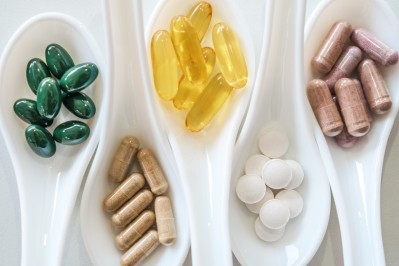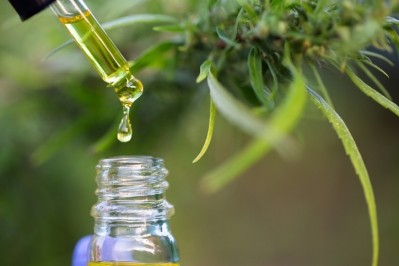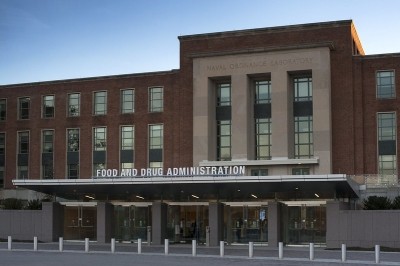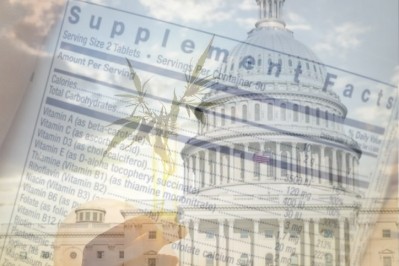Clean Label Project goes into defense mode after business model questioned
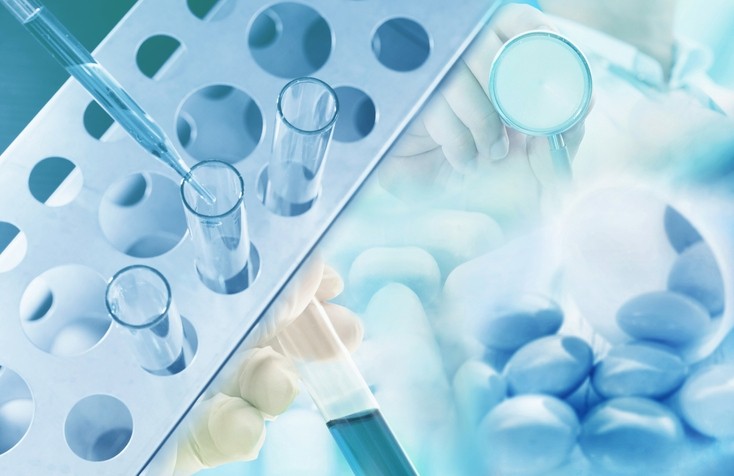
According to their website, the group uses “actual retail sampling and testing, we establish evidence-based benchmarks to identify America’s best products using data and science as opposed to marketing.”
Now they are defending their business model after being accused of using alleged misinformation campaigns to scare consumers away from products.
As a nonprofit 501(c)(3) organization, the group does not have to disclose their donors - an element that some take issue with.
One of their most ardent critics is the Natural Products Association. NPA’s Political Action Committee (PAC) is denouncing groups like Clean Label Project, who they accuse of using misinformation campaigns to scare consumers away from products.
The nonprofit has called out popular baby formulas, collagen and protein supplements for alleged health risks from contaminants.
Some consumer advocates have praised Clean Label Project’s work, while industry stakeholders alleged that the product testing methodology is murky and studies are not always peer-reviewed. They also accuse the group of profiting off the products they certify.
Methodology
The Clean Label Project rang the alarm on a number of products, including contamination in various baby foods in 2017, despite not immediately disclosing their methodology used to test products. The report produced headlines such as “nearly 80% of baby formula samples tested positive for arsenic.”
However, Clean Label Project later revealed to fact-checking website Snopes that:
- 98 out of 102 substances (96%), the median concentration of contaminants across 499 samples of baby food was zero (below the level of detection)
- The median concentration of arsenic was 5.5 parts per billion (well below the EPA’s drinking water limit and the FDA’s infant cereal limit);
- The median concentration of cadmium was 2.74 parts per billion (well below the EPA‘s safety limit);
- The median concentrations of lead and acrylamide were 0 parts per billion.
“So for every single substance, the average concentration was either below the level of detection or below federal safety limits,” said Snopes. The site also provides more extensive figures, which can be downloaded here.
Other products categories have also been called out by Clean Label Project, including the country’s most popular collagen and protein supplements.
In October 2019, the nonprofit published its code of practice certification, which outlines what contaminants and the amount in which they are tested for.
While methodology wasn’t always disclosed, Jaclyn Bowen, Executive Director of Clean Label Project, told us that they revised their process so that methods are now included in all investigations that Clean Label Project is involved with. “That is a best practice we've adopted. When we do peer-review publications, it is a very detailed methodology.”
Peer-review
Another source of criticism CLP faces is the lack of peer-review. Bowen said when it comes to health, time is of the essence: “The peer-review process takes months, sometimes years. Clean Label Project consists of 1 full-time and 2 part-time people and a dynamic group of volunteers. We have completed peer-review publications in the past- it depends on the size and scope of the project.”
The study initiator of the collagen case, Katherine Paul, Associate Director of Organic Consumers Association, added that "Real-time information provides consumers real-time solutions and the ability to make immediate changes to what they purchase."
In addition to the lack of expert scrutiny a peer-review would provide, not publishing findings in a peer-reviewed journal means the names of researchers and potential conflicts of interest are not disclosed.
“Look there's always going to be people that come up that are critics of the industry,” said NPA President Daniel Fabricant, PhD. “If there's a real problem, have a dialogue with us. This is not the way that people should look to engage with the industry and do business or profit off of fear-mongering.”
When asked if the Clean Label Project ever reaches out to the brands prior to publishing findings, Bowen said yes, but it didn’t exactly go as planned. “Clean Label Project did that once but it wasn't a productive conversation. We wanted to provide brands the data under a non-disclosure agreement in the spirit of public health and continuous improvement and this approach was met with multiple cease and desist letters. Brands can now find out the information along with everyone else.”
Contaminants
One study by the Clean Label Project that was met with major industry blow back was their protein powder study. “The non-peer-reviewed study regarding protein powder claims to have found ‘detectable’ levels of arsenic in protein powder products,” said the NPA. "As the FDA has made clear, these types of products are ‘present in the environment as a naturally occurring substance or as a result of contamination from human activity. It is found in water, air, soil, and foods. In foods, arsenic may be present as inorganic arsenic or organic arsenic. Suggesting any sort of threat to human health as the Clean Label Project has done without determining the type of arsenic is irresponsible and misleading.”
Bowen has admitted some of the detection limits were below federal guidelines. However, she also noted that consumers should have the right to decide if meeting federal guidelines is good enough.
“If consumer exposure to heavy metals was limited to just arsenic, that would be one thing,” said Bowen. “But it's not JUST arsenic, it's arsenic, lead, cadmium, mercury, phthalates, BPA, pesticide residues, residual solvents, etc. Personally, my area of focus and concern is lead.” Bowen pointed to the Agency for Toxic Substances and Disease Registry (ATSDR), which ranked the toxicity of arsenic compounds.
During some of our correspondences with Clean Label Project, they responded jointly with the Organic Consumers Association, a like-minded group they sometimes partner with to investigate contaminants in health products.
“Within the food safety regulatory system, e.coli, salmonella, and listeria are also naturally occurring,” said Katherine Paul, Associate Director of Organic Consumers Association. "This doesn't mean as an industry that we don't try our hardest to prevent and minimize exposure. We build critical control points into our food safety compliance programs and supplier assurance programs to protect from the potential exposure. Meanwhile, we do next to nothing to mitigate exposure to heavy metals? While NPAC may want to pull FDA regulatory excerpts about organic or inorganic arsenic, NPAC fails to mention anything about the levels of lead observed in the products tested, so Clean Label Project and Organic Consumers Association have a few excerpts of our own:
- Environmental Protection Agency: "The Maximum Contaminant Level Goal for lead is zero. EPA has set this level based on the best available science which shows there is no safe level of exposure to lead."
- Food and Drug Administration: "There is no known identified safe blood lead level”
- World Health Organization: "The neurological and behavioural effects of lead are believed to be irreversible. There is no known 'safe' blood lead concentration..."
- Centers for Disease Control: "No safe blood lead level has been identified"
- American Academy of Pediatrics: "There is no safe level of lead exposure in children, with lasting decreases in cognition documented in children with blood levels as low as 5 micrograms per deciliter of lead in blood."
- American Medical Association: "We know that there is no safe level of lead."
Paul added: "Literally, for $150 per sample, these multi-billion dollar ‘natural products’ companies can also know the levels of heavy metals in their finished products, and then take steps to identify the source of these contaminants and to remove them from their supply chain. It shouldn't take a consumer advocacy non-profit to bring the information to light."
Funding
When it comes to her group’s funding, Bowen had this to say: “Clean Label Project changed its advocacy model a few years ago when our data licensing agreement concluded so we no longer house product ratings on our website, but we do refer consumers to where that information continues to be housed. Clean Label Project is an Amazon Smiles beneficiary. This means that Amazon donates 0.5% of eligible Amazon purchases to charities of a shopper's choosing, and we do profit from this- a few thousand dollars per month. However, this program applies to any eligible purchases a shopper makes through Amazon, not only products that were referenced on our website and not through any referral link.”
NPA allege groups like Clean Label Project use their resources to fund misinformation campaigns to sway the opinions of consumers and lawmakers alike. However, Bowen said the money comes mostly from consumers: “Through the first half of this year, the average donation through our donation page was $25 and came from concerned individual consumers.”
Recognized for its strong lobbying presence in Washington, DC, NPA said its PAC is “working to make sure lawmakers understand your goals and fight back against the false narratives depicted against the industry.”
In doing so, NPA has collected and contributed thousands of dollars through their PAC.
According to data from the Federal Election Commission data released in June 2020, in the current election cycle the PAC has received several donations from regulatory attorneys, ingredient and vitamin manufacturers, health food stores and more. Contributions from the NPA PAC to federal candidates total more than $72,000 (21% to Democrats, 79% to Republicans) in the cycle so far.
Fabricant, who is also the treasurer of NPAC, said the group’s main goal is to maintain the integrity of the industry. “Hey, — we'd rather not spend our time fighting fire with fire. However, that's a part of what a trade association does — it's both the sword and the shield for the industry."
